How to Buy Vegetables; Hello Ladies! I recently went grocery shopping with my daughter and was surprised to know that she just didn’t know how to select the best vegetables. That got me thinking, its not her fault. It is I who have never taught her how. Now is the age of free home delivery of grocery items, children are so busy in their lives, office work and all, who has the time! Still, for those days that they will find the time to go vegetable and fruit shopping, and to help those who want to learn 😉 I am writing down the stuff I have learned about choosing the best vegetables from the lot. Here goes 🙂
#1 Okra / Ladies Finger
Summers are coming up, the season of our ever favorite Bhindi or Okra. To choose the best of the lot, look for small sized, slender ladies fingers. When you break their tail tips, they should break easily with a crunch. If the pods are dark green or limp, or if they have brown spots don’t buy them. As a rule of the thumb, never buy ladies fingers that are too large, or have swollen seeds visible. These okra pods are matured and will be chewy and fibrous. Not at all pleasant to eat. So be careful here.
#2 Brinjals or Eggplant
Brinjal is called the king of the vegetables, maybe due to its crown! When you want to buy largely sized brinjals, make sure they are firm. It is always better to buy 2 medium sized brinjals than one massive one. The logic is simple, the bigger the brinjal, more is the number of seeds it will have and more bitter it will be. Brinjals are highly prone to worm infestation. Carefully look for any holes, otherwise, you may get a nasty surprise once you cut it open. Always pick the brinjals, which seem heavy for their size. Smaller heavier brinjal will be fresher than larger lighter brinjal.
#3 Fresh Leafy Greens
While choosing leafy vegetables, be very stringent. Only choose very fresh and crisp ones. Spinach, Mint, coriander etc generally come tied in bundles. Always try to open the bundle and then buy them. As a rule of thumb, press the leaves between the palm of your hands, that should show the amount of water in them. If there is too much water, then these are mostly stale and would be beginning to rot. They should be springy and bouncy and not limp. The leaves should leave a fragrance in your hands, of the vegetable. If you get any other odor, skip it.
#4 Potatoes
Naturally, potatoes sprouting ate eye or with deep eye dimples have to be avoided. If the base is cracked, that means the potato or any root vegetable is stale. Always go for robust and firm potatoes. The potatoes with thin skin are new and fresh. Also, such potatoes have good starch content. They are suitable for fries, hash etc. The mature potatoes are better at maintaining their shape and have a lesser starch content. Use them for stews and vegetable curries.
#5 Onions
Onions should always be firm and without sprouting. Avoid taking twin onions, as invariably, there are good chances of core rot. The skin of the onion should be paper thin and crisp. It should make a rustling sound when held in hand.
#6 Cauliflowers
Always buy cream colored cauliflowers with compact floret. More gaps mean chances of more worms. Avoid buying cauliflowers during humid and rainy weather, they are notorious for worms. If the florets of the cauliflower have started to bloom, i is an indication that the cauliflower is stale.
#7 Beet Root
Buy firm and bright colored beets with fresh leaves. Don’t throw the leaves away. They are rich in iron and fiber. If the beetroot is thick and scaly, it is sure to be fibrous and tough to eat.
#8 Bell Peppers or Capsicum
Always remember, colored red and yellow peppers are sweeter than the green counterpart. The peppers should have a smooth surface and no brown or black spots. Pick and rattle the peppers. If they make a lot of sounds that means they are stale and past their prime. Skip these.
#9 Cabbage
Always go for heavy, densely packed cabbage. See the stem is fresh and not yellowish. The heavier the cabbage is for its size, the better and fresher it is.
#10 Colocasia or Arbi
This vegetable gets dried out really easy. Buy plump colocasia with no brown or blackish pits. If you see any dried out portions, that means that this colocasia is dry and will not taste good.
#11 Cucumbers
Preferably buy bright green-dark green cucumbers of medium size. The cucumbers that are very large will invariably be overripe and will have large seeds. Similarly, those cucumbers with discolored white patches are also ripe and will be having too many seeds. If you see a cucumber is lopsided with the dry end and a bigger another end, this means that cucumber has not ripened evenly. When you cut open a cucumber, there should be dewy gummy drops at the edges. This is a sure sign of fresh vegetable.
#12 Carrots and Radish
Buy those with firm and soft flesh. Ideally go with the root vegetables with the leaves still attached to them Fresh leaves is a sign of fresh vegetables. Avoid vegetables with pits or rootlets coming out of them.
#13 Mushrooms
Always go for the white colored clean ones-as far as the button mushrooms go. Always look at the underside of the mushroom. Here you will see soft paper like tissue. These are called gills. Don’t buy the mushrooms if the gills are open. This means they are stale. The gills should be light colored.
#14 Lemons and Limes
Should be fresh and bright in color. They should be heavy for their size. Only then are they juicy.
#15 Corn
Should have fresh green husk. No browning or yellowish husks. When you open the husk the kernels should be swollen and should be plump and juicy to pop. Otherwise they are dried out and less flavorful. In that case suitable for the coal roasted bhutta only. Corn on the cob is tastier with softer corn.
#16 Beans
Go for fresh bright colored and soft beans. Not wilted ones…and totally skip the ones with swollen seeds. These are fibrous and unpleasant to eat.
Choose, fresh produce. It enhances the flavor and is full of nutrition.
Hope you liked my post 🙂

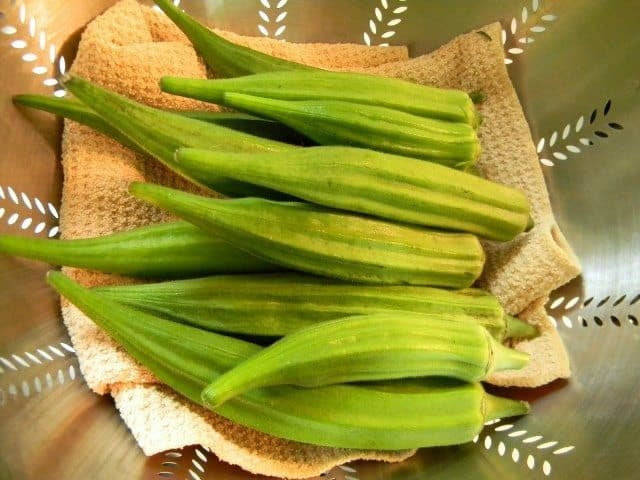

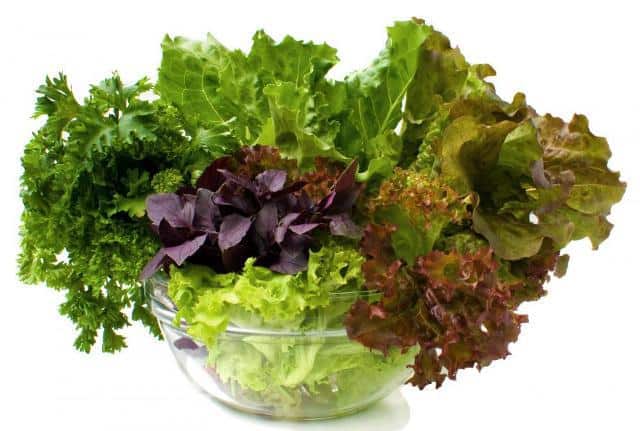

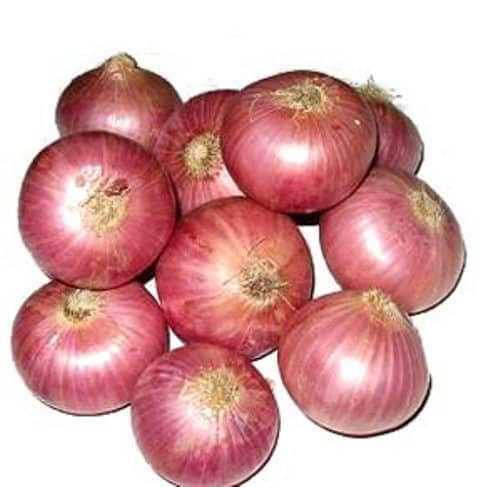
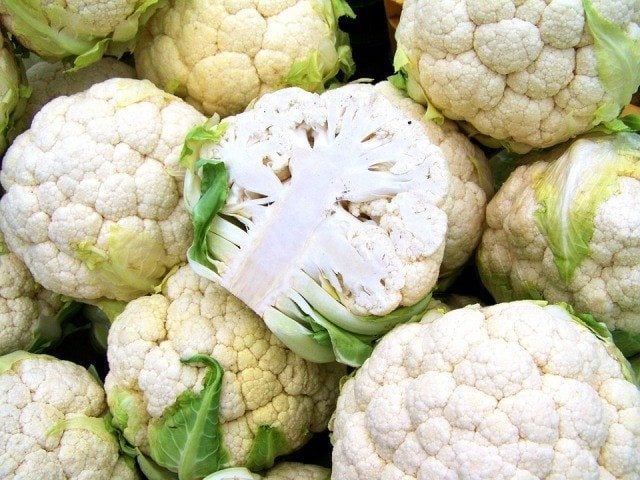
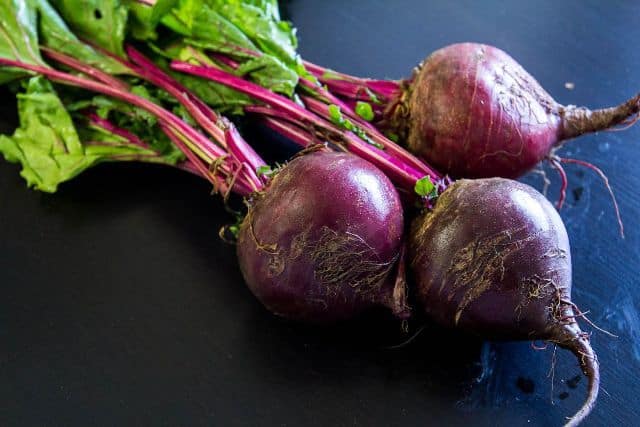


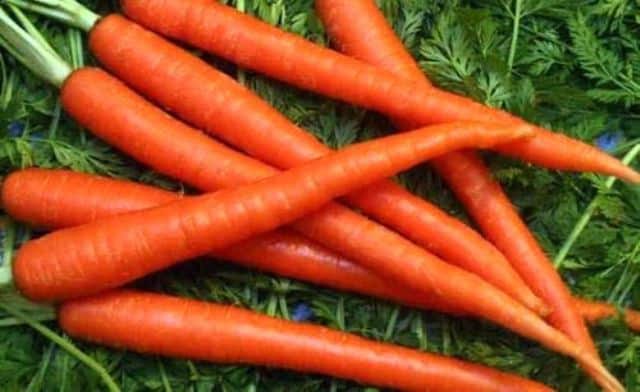
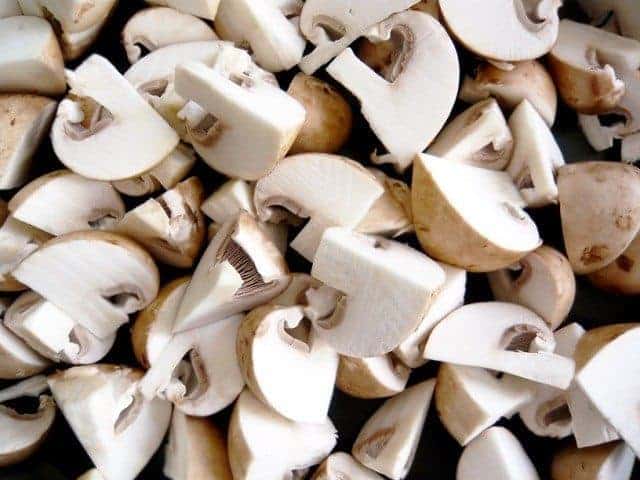

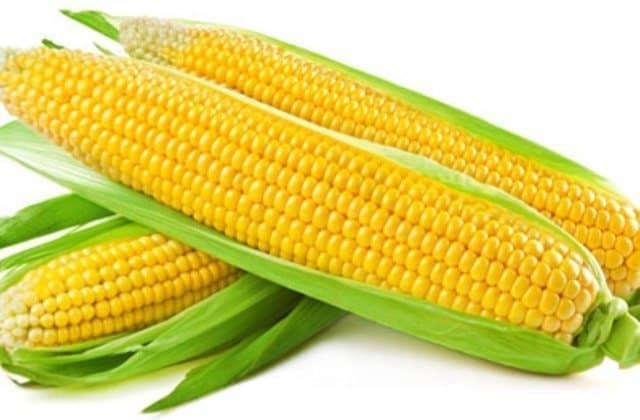
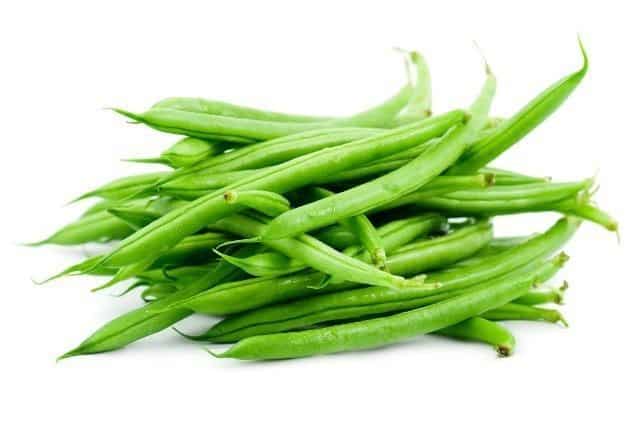
3 comments
Very infornative and useful post… Thank you!
So glad u liked it!
Very informative and useful post… Thank you!